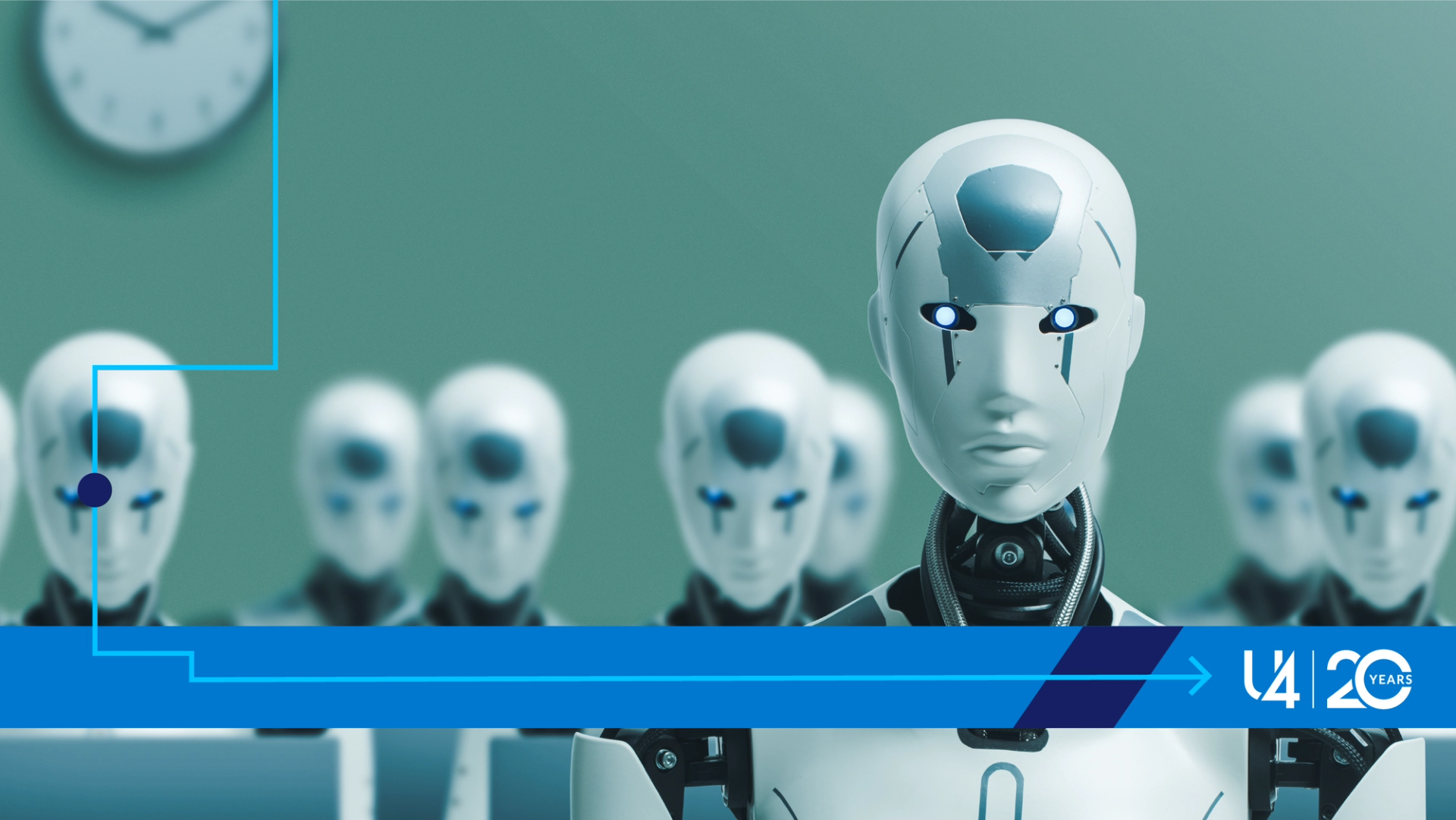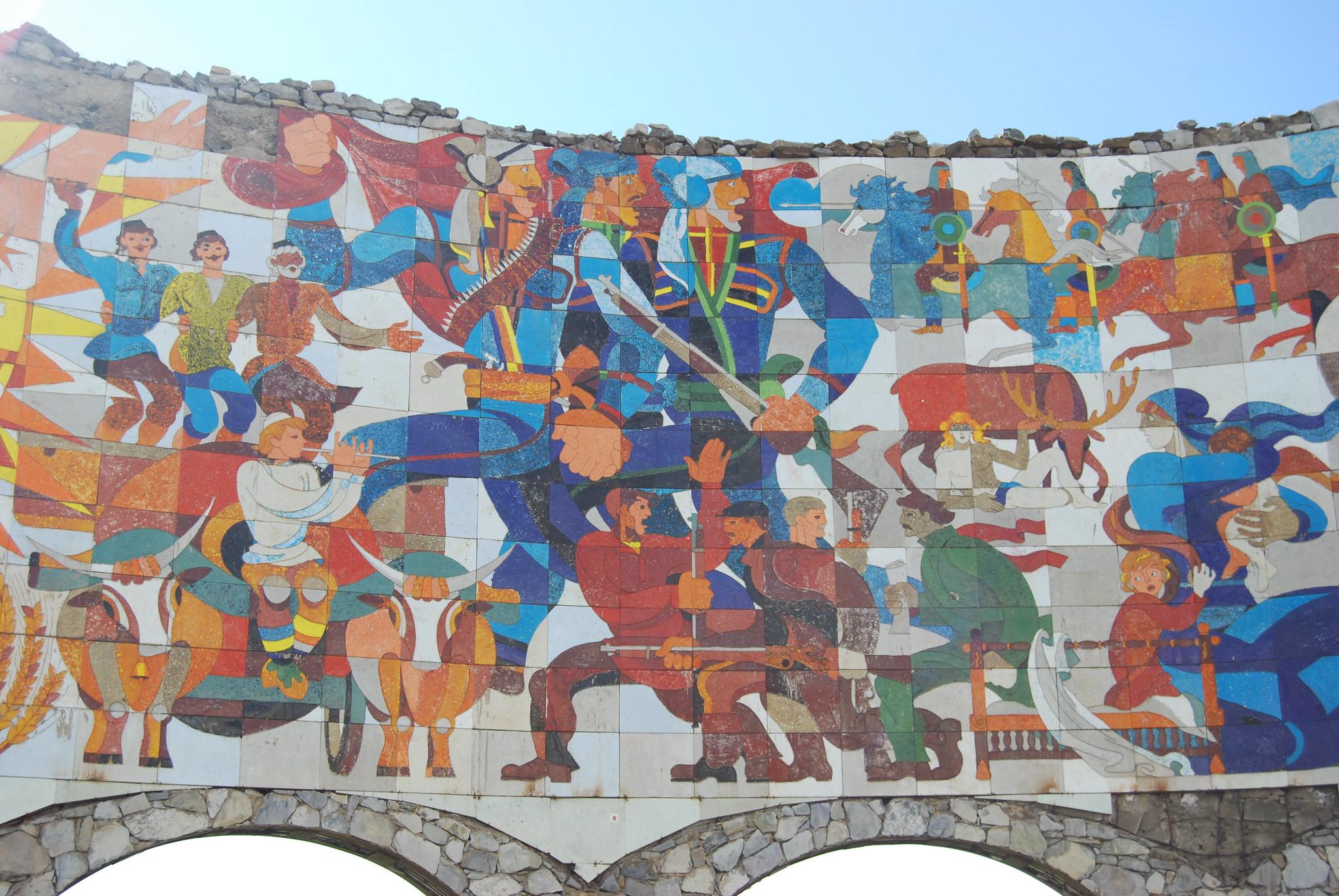Blog
The role of technology in anti-corruption: dystopian reflections

Anniversary blog series
U4 staff and friends celebrate U4’s 20th anniversary with a blog series reflecting on developments and lessons learned in a world of ever evolving corruption challenges:
- U4 at 20: A quiet birthday at home with friends (across the world) – Peter Evans
- Specialised anti-corruption institutions: Measuring their performance and managing our expectations – Sofie Schütte
- The role of technology in anti-corruption: Dystopian reflections – Daniel Sejerøe Hausenkamph
- Strategic litigation and its untapped potential for anti-corruption – Sophie Lemaître
- The anti-corruption community should become more ‘tribal’ – David Jackson
- Corruption risk management in the aid sector: past, present, and the path ahead – Guillaume Nicaise
- Corruption is unaffordable for Latin America’s resurgent left: Democracy and lives are at stake – Aled Williams and Daniela Cepada Cuadrado
- Corruption is absent from the UN ‘World of Debt’ report – Daniela Cepada Cuadrado
- Anti-corruption games: Learning how to face corruption challenges – Guillaume Nicaise and Rachael Tufft
- a) Gender and corruption: What we’ve learned from 20 years of research (Part 1) – Ortrun Merkle and Ina Kubbe
b) Gender and corruption: Charting the course for the next 20 years (Part 2) – Ortrun Merkle and Ina Kubbe
Sign up to the U4 Newsletter to get updates, or follow us on Twitter | Linkedin | Facebook.
The next 20 years of good intentions
- Question: What do anti-corruption, development and (most) government have in common?
- Short answer: Very good intentions.
Over the past 20 years great hope has been placed in technology to tackle corruption, often when analogue anti-corruption has failed. The idea that we can use technology to fix human problems is compulsive – evidenced by the explosion of interest in artificial intelligence (AI) – despite knowing that it is fiendishly hard to change human behaviour at all, let alone at the press of a button.
Yet people in many fields, with the best of intentions, attempt to do just that. This is why the next 20 years of technology in anti-corruption requires both ‘innovators’ and ‘critical friends’ to ask questions such as:
- Do these technologies work?
- If yes, for whom?
- Will the future they create be ‘good’ for everyone or just for a select few?
Imagining the utopia of anti-corruption
The vision for anti-corruption is a utopia: without corruption, we will see a world where the economy prospers, social inequality is low and resources are sustainably used. Anti-corruption policies are a tool towards this broader goal of a happy, healthy and prosperous society. Leaders and people act with integrity and place trust in their institutions, community and fellow citizens. The effects of persistent corruption fall away and no longer pose a threat to global development.
However, all utopian dreams have their flaws exposed by reality, and a world without corruption might not be everything we had hoped for. ‘Dystopian thinking’ questions the good intentions of a utopia, and examines how a utopian vision could go wrong, where, and for whom.
Consider the example of disease eradication: while aiming to save lives, it inadvertently opens the possibility of using previously eradicated diseases as bioweapons. The world is unpredictable, interconnected and complex, making unintended consequences extremely likely. Lack of foresight from decision makers – and failure to question their own good intentions – make them more likely still. So, in the disease-eradication example, we need to ask: what new challenges may arise in a world where no one falls ill, and how could those with conflicting interests exploit this new status quo?
Those who dream of an anti-corruption techno-utopia must question their assumptions in a similar way.
Good intentions do not solve complex problems
The vision of anti-corruption is well-intentioned, but the path to achieving it, and the risks of unintended consequences, remain complex and unclear. Corruption research grapples with how to move beyond zero tolerance in practice. The dominant paradigm of ‘no corruption’ within development looks good on paper but has yielded limited results. Some attribute this to insufficient understanding of the corruption problem and how it operates in specific contexts and/or sectors.
Much thinking has been done on the roles of social norms, systems and political economy in driving corruption, and a lot of resources have been invested in managing and mitigating the risks that corruption poses to development outcomes. Some approaches show promise, but successful interventions with long-term impact are rare, and good intentions have so far yielded very little in creating a better world for us all.
Technology can bring us closer to the utopia of anti-corruption, but vigilance is needed
A ‘utopia of technology’ refers to an idealised vision of a society in which technology is used to create a perfect or near-perfect state of existence. It envisions a future where technological advancements and innovations have transformed various aspects of human life, leading to significant societal improvements globally. For instance, one research model predicts that developing countries will gain US$220–320 billion in annual revenue if public financing becomes digital and transparency of budgets and contracts improve. The potential benefits of combining digital technology and anti-corruption can seem limitless.
The menu of technologies for anti-corruption is diverse and designed to both directly and indirectly address corruption. Direct approaches detect and respond to corruption, while indirect approaches aim to prevent corruption, for example by building more inclusive, accountable and transparent institutions. The focus of these technologies is often at the nation state level, with a focus on public administration, service delivery and the citizen–state interface. However, the private sector is not far behind in using technology to improve the integrity of its operations. No sector is left behind in the race for a digitalised future, in which it is assumed that ‘digital’ and ‘integrity’ will march in lock step.
A huge amount of faith has been placed in technology as the solution to our problems. Many believe that technological solutions can achieve more than non-tech solutions have managed. In some ways this is true: in just a few hours, AI-driven tools can identify fraudulent activities in company tax registrations or irregularities in government contracting procedures, predict the probability of civil servants being corrupt, and scope out probable tax evaders using their social media accounts. As more and more people live their lives online, there is more data available for AI-driven approaches to predict wrongdoing. On the face of it this seems like a positive step, but it presents several legal hurdles and ethical dilemmas.
Techno-integrity walks the line between dystopia and utopia
A ‘techno-integrity utopia’ envisions an idealised society where the combination of advanced technology and enhanced integrity leads to a state of near perfection in terms of trust, transparency and accountability. In this utopia, technology is harnessed to create an environment where integrity is deeply ingrained in all aspects of human life and has enabled a high level of certainty in human action and societal outcomes. The corollary is a dystopia characterised by a high degree of surveillance, intrusiveness and potentially fatal mistakes made by AI-driven automated processes.
For example, the Dutch tax authorities’ AI-driven tool to identify benefit fraud had massive unintended consequences. The AI-based risk profiling system categorised individuals with dual/foreign nationality and low income as high-risk for committing fraud. This risk classification reflected existing human and institutional biases, excessive discretion by the tax authority, and a lack of internal checks and balances in the creation and execution of the program. Thousands of people were adversely affected by this scandal, leading to calls for a complete ban on fraud prediction systems. This case also illustrates the pitfalls of relying on so-called red flags to assess or predict the likelihood that a person will commit fraud.
Putting people at the centre of tech-driven anti-corruption
The Netherlands example shows that development agencies, companies and governments should actively consider complexity and unintended consequences when supporting or deploying anti-corruption technologies, particularly in countries with weak democratic systems. In the Netherlands, free media, investigative journalism, strong progressive civil society organisations, and external auditing and oversight mechanisms all helped to ensure that people’s voices were heard and laws reformed. Without a functioning democracy, the misuse of anti-corruption technologies can be even more detrimental than mere bias.
The EU AI act is a groundbreaking attempt to regulate AI-driven tools and ensure that they respect fundamental rights and safeguard the public interest. The act shows how societies can minimise the potentially dystopian consequences of AI by prioritising people and their fundamental rights above the seemingly dazzling vision of a techno-integrity utopia. Development partners should proceed with caution when promoting AI-driven anti-corruption approaches, and should always bear in mind that even the best of intentions can have dire consequences.
When reaching for technology in anti-corruption, we need to exercise the same discipline as we do with any other tool. A hammer is good for hammering, but not all hammering is good. Technology is only as good – or bad – as the humans that will use it.
Disclaimer
All views in this text are the author(s)’, and may differ from the U4 partner agencies’ policies.
This work is licenced under a Creative Commons Attribution-NonCommercial-NoDerivatives 4.0 International licence (CC BY-NC-ND 4.0)


